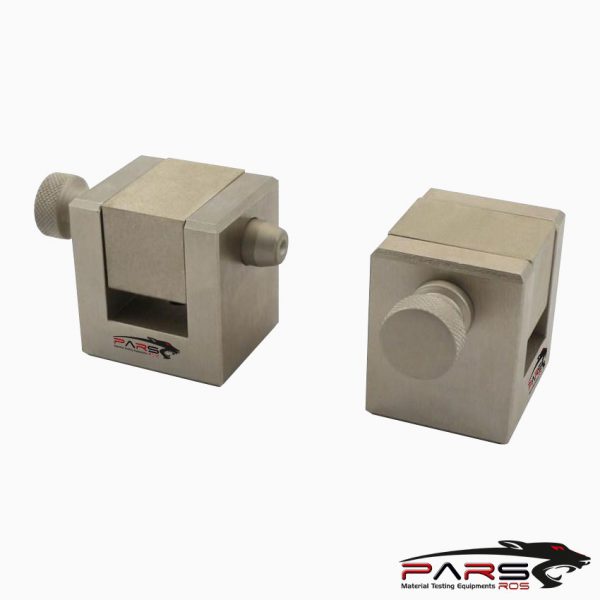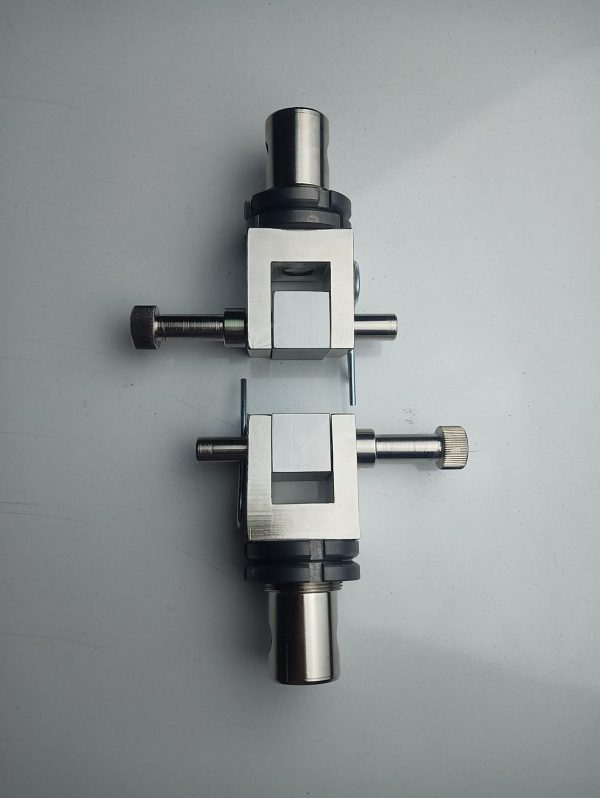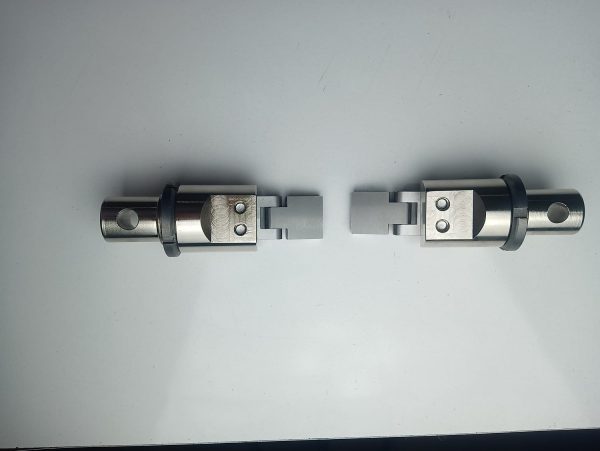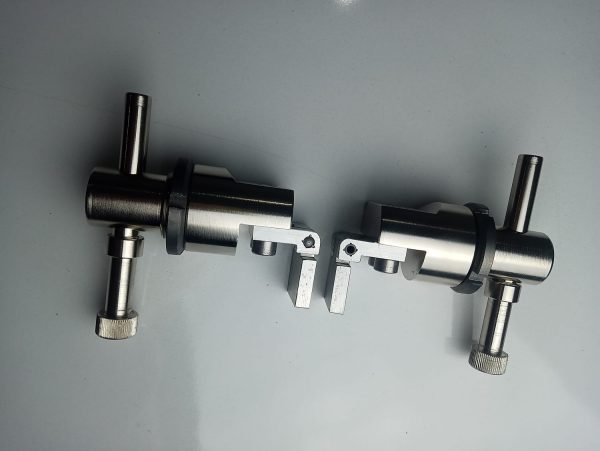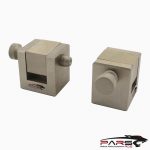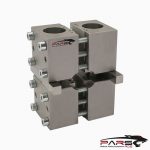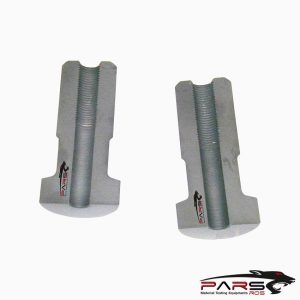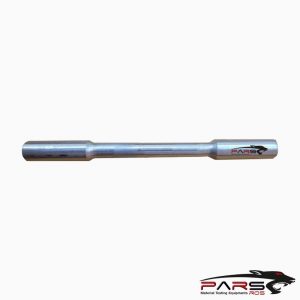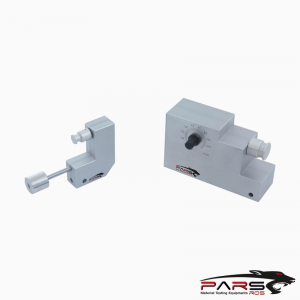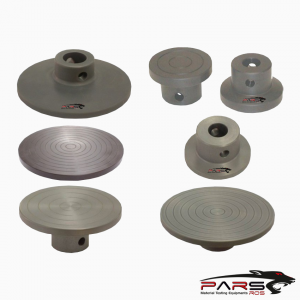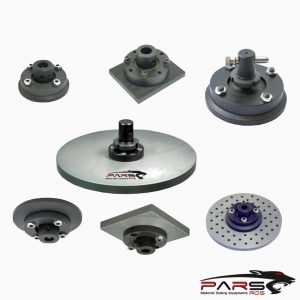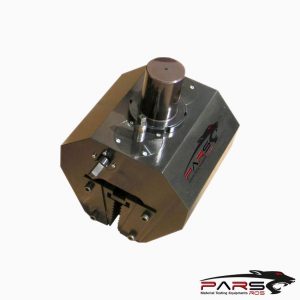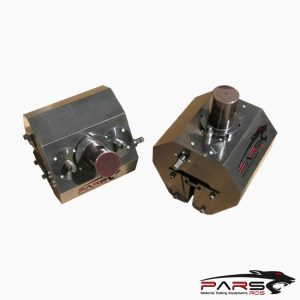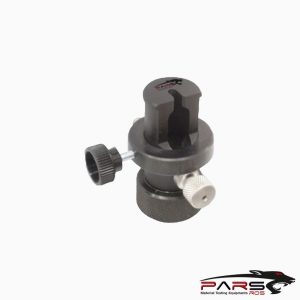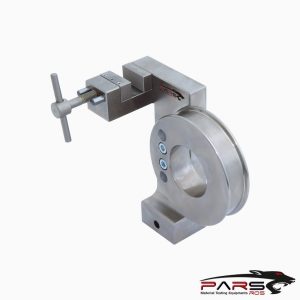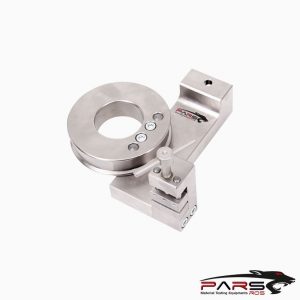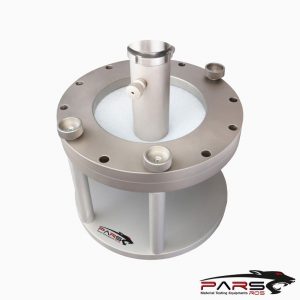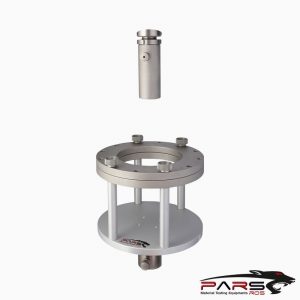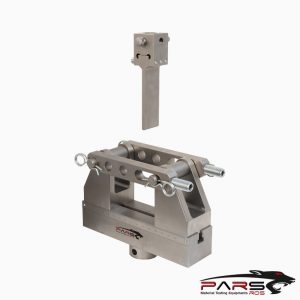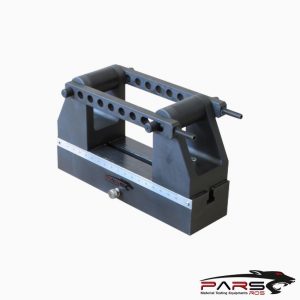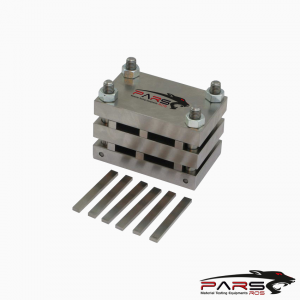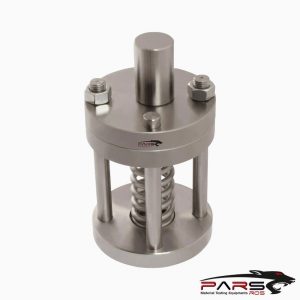ASTM D5528 – Standard Test Method for Mode I Interlaminar Fracture Toughness of Unidirectional Fiber-Reinforced Polymer Matrix Composites
Composite Fracture Toughness Testing
ASTM D5528 – This test method describes the determination of the opening Mode I interlaminar fracture toughness, GIc, of continuous fiber-reinforced composite
materials using the double cantilever beam (DCB) specimen
Please Contact With Us For More Information
- Description
- TECHNICAL SPECIFICATIONS
Description
ASTM D5528 – Standard Test Method for Mode I Interlaminar Fracture Toughness of Unidirectional Fiber-Reinforced Polymer Matrix Composites
Composite Fracture Toughness Testing
ASTM D5528 – This test method describes the determination of the opening Mode I interlaminar fracture toughness, GIc, of continuous fiber-reinforced composite
materials using the double cantilever beam (DCB) specimen
This test method is limited to use with composites consisting of unidirectional carbon fiber and glass fiber tape laminates with brittle and tough single-phase
polymer matrices.
This limited scope reflects the experience gained in round-robin testing.
This test method may prove useful for other types and classes of composite materials
*** Before conducting ASTM D5528 , it is important to read the entire specification. Standards can be obtained from appropriate standard authorities.
***PARSROS offers several types of grips and fixtures which will enable you to perform a variety of tests that are
accurate and repeatable.
Significance and Use
Susceptibility to delamination is one of the major weaknesses of many advanced laminated composite structures.
Knowledge of a laminated composite material’s resistance to interlaminar fracture is useful for product development and material selection.
Furthermore, a measurement of the Mode I interlaminar fracture toughness, independent of specimen geometry or method of load introduction, is useful
for establishing design allowables used in damage tolerance analyses of composite structures made from these materials.
This test method can serve the following purposes:
To establish quantitatively the effect of fiber surface treatment, local variations in fiber volume fraction, and processing and environmental variables on G Ic of a
particular composite material.
To compare quantitatively the relative values of GIc for composite materials with different constituents.
To compare quantitatively the values of GIc obtained from different batches of a specific composite material, for example, to use as a material screening criterion
or to develop a design allowable.
To develop delamination failure criteria for composite damage tolerance and durability analyses.
Please contact with our engineers so that we can find and offer Best Universal Tensile Test Machines , Grips , Jaws and Other Accessories for your operations


